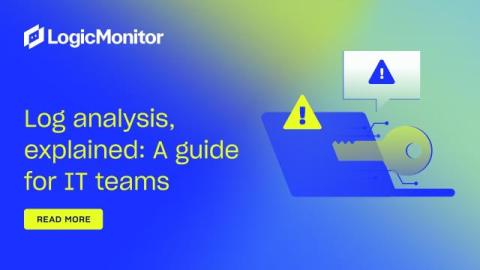5 proven strategies IT leaders use to drive business value amid complexity
With the rapid growth of data, sprawling hybrid cloud environments, and ongoing business demands, today’s IT landscape demands more than troubleshooting. Successful IT leaders are proactive, aligning technology with business objectives to transform their IT departments into growth engines. At our recent LogicMonitor Analyst Council in Austin, TX, Chief Customer Officer Julie Solliday led a fireside chat with IT leaders across healthcare, finance, and entertainment.











